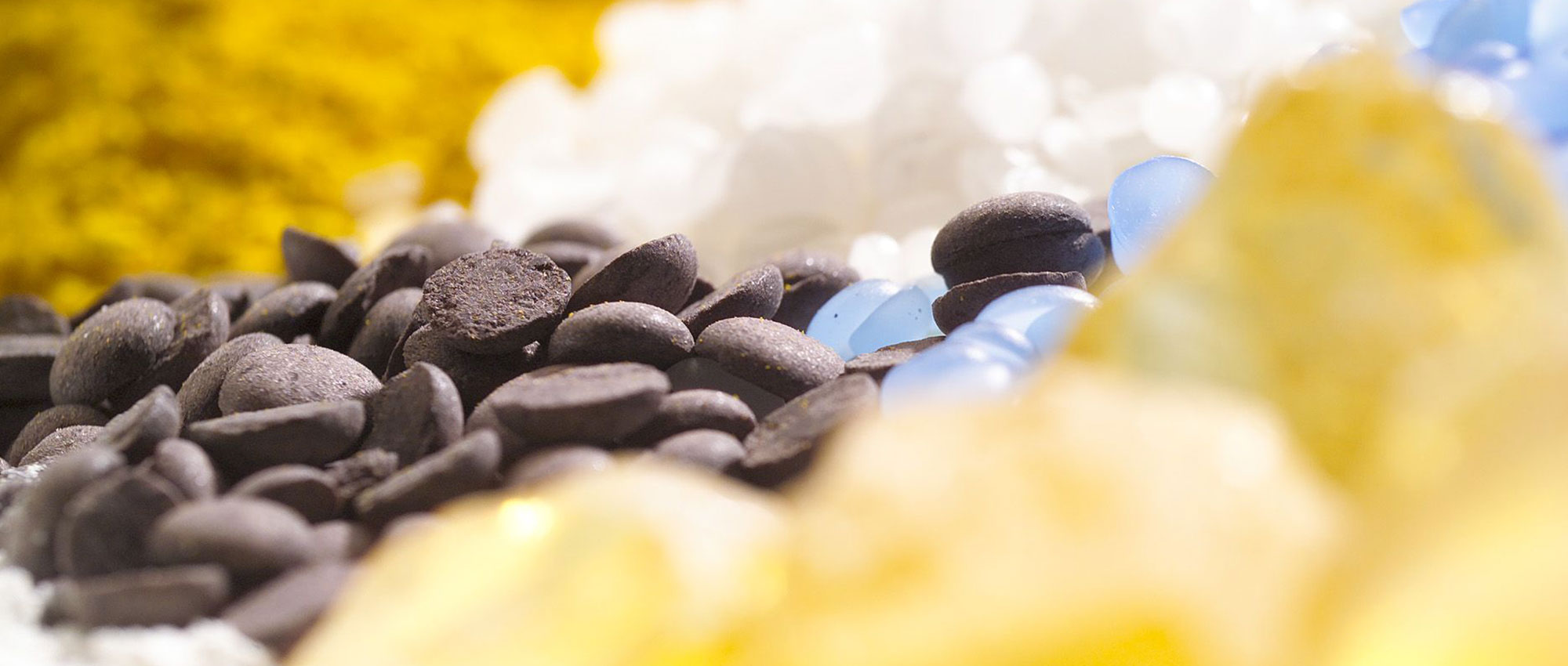
The Material: The Most Important Part of a Seal
Choose the Right Material Out of Numerous Compounds
Different applications and industries place specific demands on the seal and consequently also on the material. Thus, it is important to know which material is suitable for the application right from the selection of the seal. Whether high or low temperatures, strong or weak pressures, media to be sealed, cleaning agents - the demands on the materials are high and so is our ambition to work closely with you to find the best sealing solution for your application. Read here about the various properties and applications of our Dichtomatik sealing materials fulfilling common industrial standards and being sourced from external partners.
In general, Dichtomatik sealing materials are suited for use in moderately demanding operating conditions. In addition, also discover our own-developed premium Freudenberg materials providing highest performance and safety.
Would you like to find out whether the materials you have selected are suitable for the (process) media prevailing at your site? Find out easily – with the Chemical Resistance Guide from Freudenberg Sealing Technologies.
Materials Overview
EPDM (Ethylene Propylene Diene Rubber Monomer)
Good Resistance to Ozone and Weather
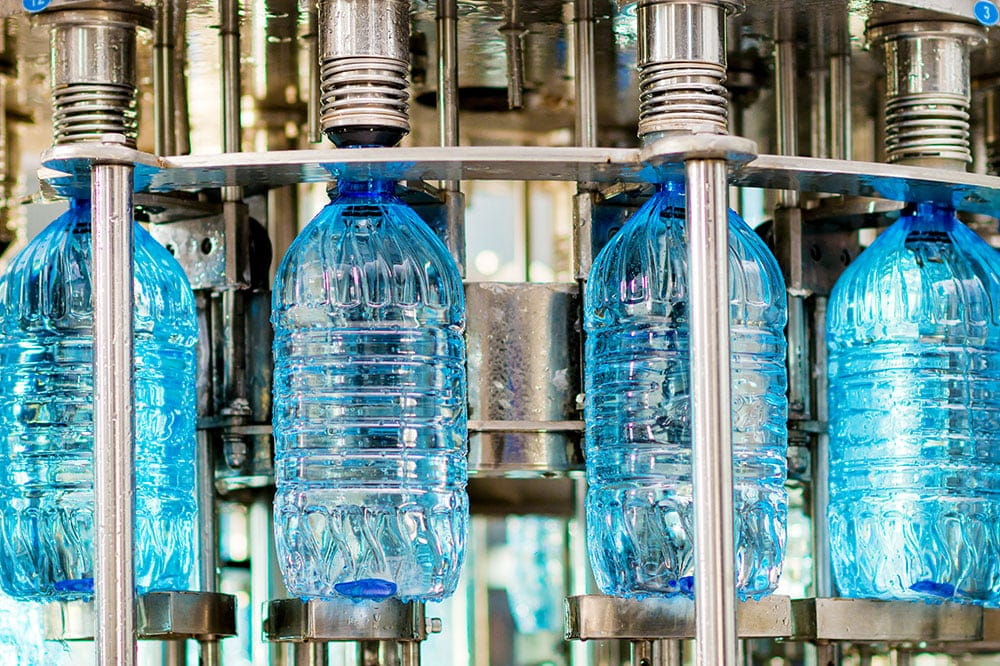
EPDM is resistant to hot water, steam and cleaning agents and glycol-based brake fluids (for which we recommend special quality). Peroxide-crosslinked materials are used in the food industry, in contact with drinking water and in the sanitary sector and also have the respective approvals and certificates. Compared to sulfur-crosslinked compounds, these have a wider temperature range and a significantly better compression set value:
EPDM is used in the chemical industry, appliance construction, mechanical engineering and the food & beverage Industry (special materials being resistant against CIP/SIP media and water available). Dichtomatik sealing materials show a very good performance in many applications. In addition, also check our premium Freudenberg EPDM materials being developed in-house.
EPDM’s Characteristics at a Glance
- Temperature range for peroxide crosslinked EPDM: approx. -50 to +150 °C
- Temperature range for sulfur crosslinked EPDM: approx. -45 to +130 °C
- Good resistance in: hot water, steam, water, lye, oxidizing media, acids, bases, polar organic media, ketones, flame retardant hydraulic fluids of the group HFC and some types of the group HFD, brake fluids based on glycol
- Not resistant in: all unipolar media (e. g. mineral oils and fats) and petrol as well as hydrocarbons
There is a basic absolute incompatibility with mineral oil products such as lubricants and fuels.
FFKM (Perfluoroelastomer)
Very High Media and Heat Resistance
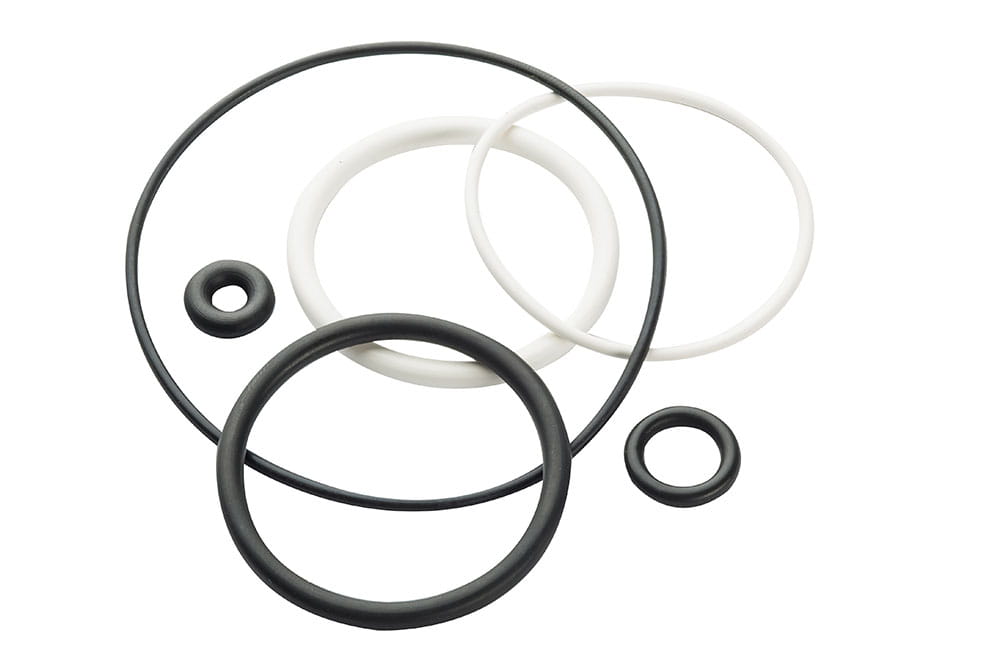
FFKM has very high chemical, weather and temperature resistance, similar to PTFE. It combines the resistance of PTFE with the elasticity of elastomers. It is used in the chemical, petroleum and semiconductor industries as well as in high vacuum technology. FFKM is a high-priced material that requires separate material mixtures to meet different requirements. Dichtomatik sealing materials show a very good performance in many applications. In addition, also check our premium Freudenberg FFKM materials (Simriz®) being developed in-house.
FFKM's Characteristics at a Glance
The fields of application of FFKM are very diverse and range from water, steam, concentrated acids, amines, organic acids, ketones to lyes, organic solvents and aroma concentrates.
- Temperature application range: -20 to +280 °C (depending on the compound)
- Resistant in CIP/SIP processes up to +150 °C (depending on the compound)
- Can be provided in compliance with FDA (CFR21 § 177.2600) (depending on the compound)
- Fulfils the requirements of EU Reg. 1935/2004 as well as EU Reg. 2023/2006 (depending on the compound)
- Is USP Class VI compliant (depending on the compound)
FKM (Fluoro Rubber)
Good Media, Weather, Heat and Aging Resistance
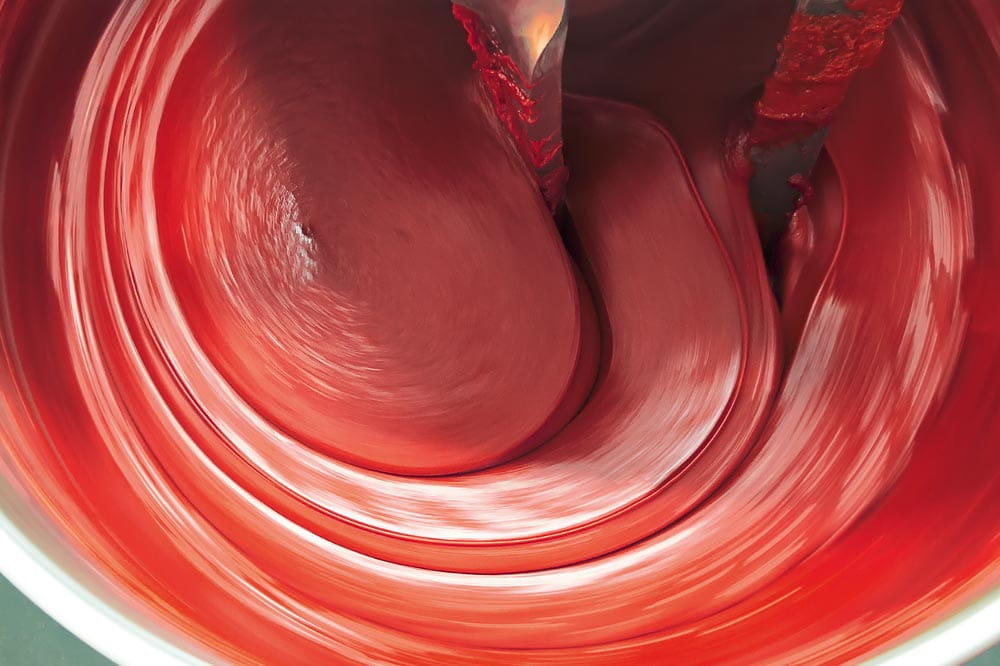
Its very good resistance to aging and ozone as well as its very low gas permeability (good suitability for vacuum applications) and its high thermal resistance make FKM attractive for various applications in the general industry. FKM is resistant to most special lubricants and chemicals which are not suitable for other materials such as ACM, NBR and HNBR. FKM is used wherever high demands are placed on chemical resistance high temperatures and high speeds occur, such as with radial shaft seals for pumps and gears as well as in various general industry applications. Dichtomatik sealing materials show a very good performance in many applications. In addition, also check our premium Freudenberg FKM materials being developed in-house.
FKM's Characteristics at a Glance
- Temperature application range from -25 to +200 °C
- Resistant to: mineral and synthetic oils and fats as well as hydrochloric acid and sulfuric acid. Furthermore kerosene, natural gas, butane, petrol and propane
- Not resistant to: polar solvents, low-molecular organic acids, glycol-based brake fluid, ammonia gas, amines, alkalis, hot water and steam
- FDA conformity (CFR 21 § 177.2600)
- EU Reg. 1935/2004, EU Reg. 2023/2006, DIN EN 549 DVGW and LFGB (1935/2004 EG)
HNBR (Hydrogenated Acrylonitrile Butadiene Rubber)
Good Aging Behavior, Oil and Gasoline Resistance, Good Mechanical Properties With Low Abrasion

HNBR has similar media resistance to the material NBR. However, it shows higher chemical resistance, resistance to oil and petrol and harmless use in hot water. HNBR has better mechanical properties and increased abrasion resistance. The good ozone and UV also deserve mention. HNBR is mainly used in mechanical and plant engineering, primarily as an O-ring or radial seal (e.g. in wind turbines). Dichtomatik sealing materials show a very good performance in many applications. In addition, also check our premium Freudenberg HNBR materials being developed in-house.
HNBR’s Characteristics at a Glance
- Temperature application range: -30 and +150 °C; special compounds: down to -50 °C
- Good resistance to: butane, propane, mineral oils and petrol as well as light heating oil and diesel fuel, vegetable and animal oils and fats, lubricating oils and hydraulic oils of the groups H, H-L, H-LP and greases based on mineral oil
- Flame resistant pressure fluids of the groups HFA, HFB and HFC
- Not resistant with brake fluids based on glycol ether, aromatic hydrocarbons and polar solvents
NBR (Acrylonitrile Butadiene Rubber)
Good Oil and Grease Resistance as well as High Abrasion Resistance

NBR is one of the most important sealing materials in the mechanical engineering sector, is used in both static and dynamic applications and features low gas permeability. NBR has good resistance to oils, greases, silicones, hydraulic fluids and aliphatic hydrocarbons. At room temperature, NBR also offers good resistance to diluted acids and alkalis. It has good abrasion resistance and offers high elasticity for use under high mechanical forces. The very good recovery behavior deserves special mention. NBR is used in general industry applications like gears, pumps and industrial machinery. Dichtomatik sealing materials show a very good performance in many applications. In addition, also check our premium Freudenberg NBR materials being developed in-house.
NBR’s Characteristics at a Glance
- Temperature application range: -30 to +100 °C
- Standard NBR is resistant to oils, greases, silicone, hydraulic fluids HFA, HFB and HFC as well as in aliphatic hydrocarbons (butane, methane, propane). At room temperature, NBR also offers good resistance to dilute acids and lyes
- NBR shows low resistance to weather, ozone and UV and is not resistant to glycol-based brake fluids, HFD hydraulic fluid, superheated steam as well as polar solvents
POM (Polyoxymethylene or Polyacetal)
Pressure Stable and Low Friction

POM is a semi-crystalline thermoplastic and is one of the most mechanically resilient thermoplastics. POM is also characterized by high rigidity, a low coefficient of friction, very good dimensional stability and very good water resistance. In sealing technology, POM is used in conjunction with elastomer seals as a supporting element or support ring to prevent gap extrusion. A support and guide ring made of POM is often part of a multi-part compact seal. As a pure guide element, POM has been pushed into the background by PTFE and hard fabric, particularly in the MRO market. Dichtomatik sealing materials show a very good performance in many applications. In addition, also check our premium Freudenberg POM materials being developed in-house.
POM’s Characteristics at a Glance
- Temperature application range: -50 °C and +100 °C.
- Resistant to: mineral oils, greases and hydraulic fluids (HFA, HFB and HFC)
- Low water absorption
- Not resistant to: concentrated acids and alkalis
- Not available as a single item from stock
PTFE (Polytetrafluoroethylene)
High Chemical Resistance, Very Low Sliding Friction

PTFE is a fluorinated plastic with very good chemical resistance. It's low coefficient of friction gives it very good sliding properties and prevents the stick-slip effect of dynamic seals that is otherwise quite common. It is resistant to ozone, weathering and aging. Pure PTFE contains no extractable substances, making it physiologically safe and suited for use in the food and pharmaceutical industries. PTFE is not elastic and, as a dynamic seal, usually requires preloading elements (which limits the operating temperature) made of elastomers or technical springs. The tendency to cold flow, the low-pressure resistance and abrasion resistance is counteracted by fillers such as graphite, bronze, glass, carbon fibers and others. Dichtomatik sealing materials show a very good performance in many applications. In addition, also check our premium Freudenberg PTFE materials being developed in-house.
PTFE’s Characteristics at a Glance
- Temperature application range: -200 to +260°C
- Resistant to: acids, bases, alcohols, ketones, petrol, oil, hydraulic media, lubricants, chemicals and solvents
Please note: PTFE is attacked by elementary fluorine and liquid alkali metals at high temperatures and pressures.
TPU (Thermoplastic Polyurethane)
Very Good Abrasion and Wear Properties
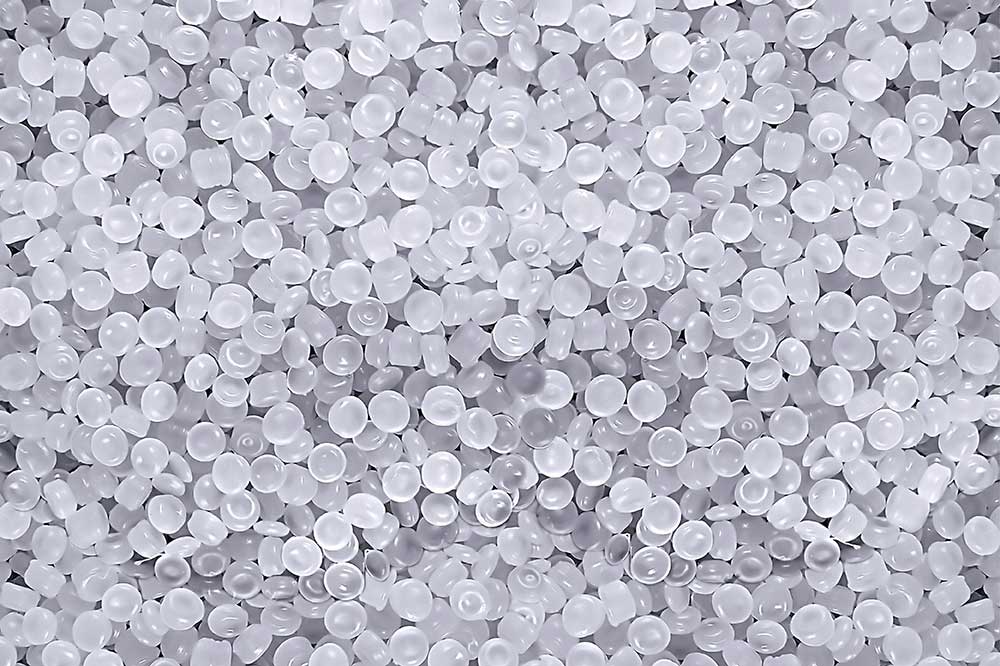
TPU materials stand out from classic elastomers due to their significantly higher mechanical strength. Other material properties include their high abrasion, wear and extrusion resistance, high compressive strength and high tear and tear propagation resistance. The TPU material shows good flexibility (even in the upper hardness range). The material also offers good resistance to aging and ozone. TPU has very good static and dynamic sealing properties, which is why it is mainly used as a seal in hydraulic applications as wipers, piston and rod seals in earthmoving equipment, industrial trucks, presses, mobile hydraulics and in general mechanical engineering. Dichtomatik sealing materials show a very good performance in many applications. In addition, also check our premium Freudenberg TPU materials being developed in-house.
TPU's Characteristics at a Glance
TPU materials belong to the group of thermoplastic elastomers (TPE) and show following resistant qualities:
- Temperature application range: -30 to +100 °C; in combination with water: up to a maximum of +60 °C.
- Media resistant to hydraulic oils according to DIN 51524 Part 1-3, H, HL, HLP and flame-retardant hydraulic fluids (HFA, HFB, HFC)
- Resistant to lubricating oils and greases based on mineral oil, silicone oils and greases
- Not resistant to polar solvents, chlorinated hydrocarbons, aromatics, glycol based brake fluids, acids and alkalis
VMQ (Vinyl-Methyl-Polysiloxane)
High Thermal Resistance With Very Good Cold Flexibility and Resistance to Aging
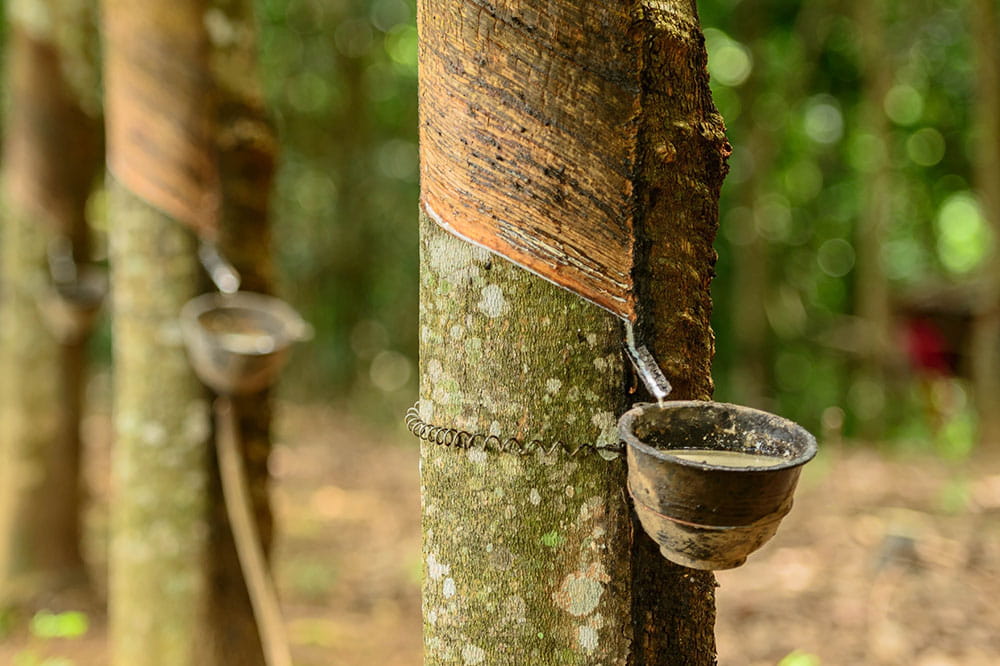
Silicone rubbers made of VMQ are known for their wide thermal application range and their very good ozone, weathering and aging resistance. Compared to other elastomers, the mechanical properties of VMQ are rather low. VMQ is used in food and pharmaceutical industries. Dichtomatik sealing materials show a very good performance in many applications. In addition, also check our premium Freudenberg VMQ materials being developed in-house.
VMQ's Characteristics at a Glance
- Very good heat and thermal resistance from -55 to +200 °C; Attention: with steam silicone is permissible up to +100 °C
- Resistant to UV light, ozone or radiation
- Good resistance to synthetic, animal and vegetable oils as well as glycols
- High gas permeability
- Not resistant in fuels, aromatic mineral oils, silicon oils and greases, acids and alkalis
- Most of the O-rings available from stock have approvals according to
- EU Reg. 1935/2004
- EU Reg. 2023/2006 (GMP)
- ADI-free
- BfR XV DE
- FDA § 177.2600 USA
